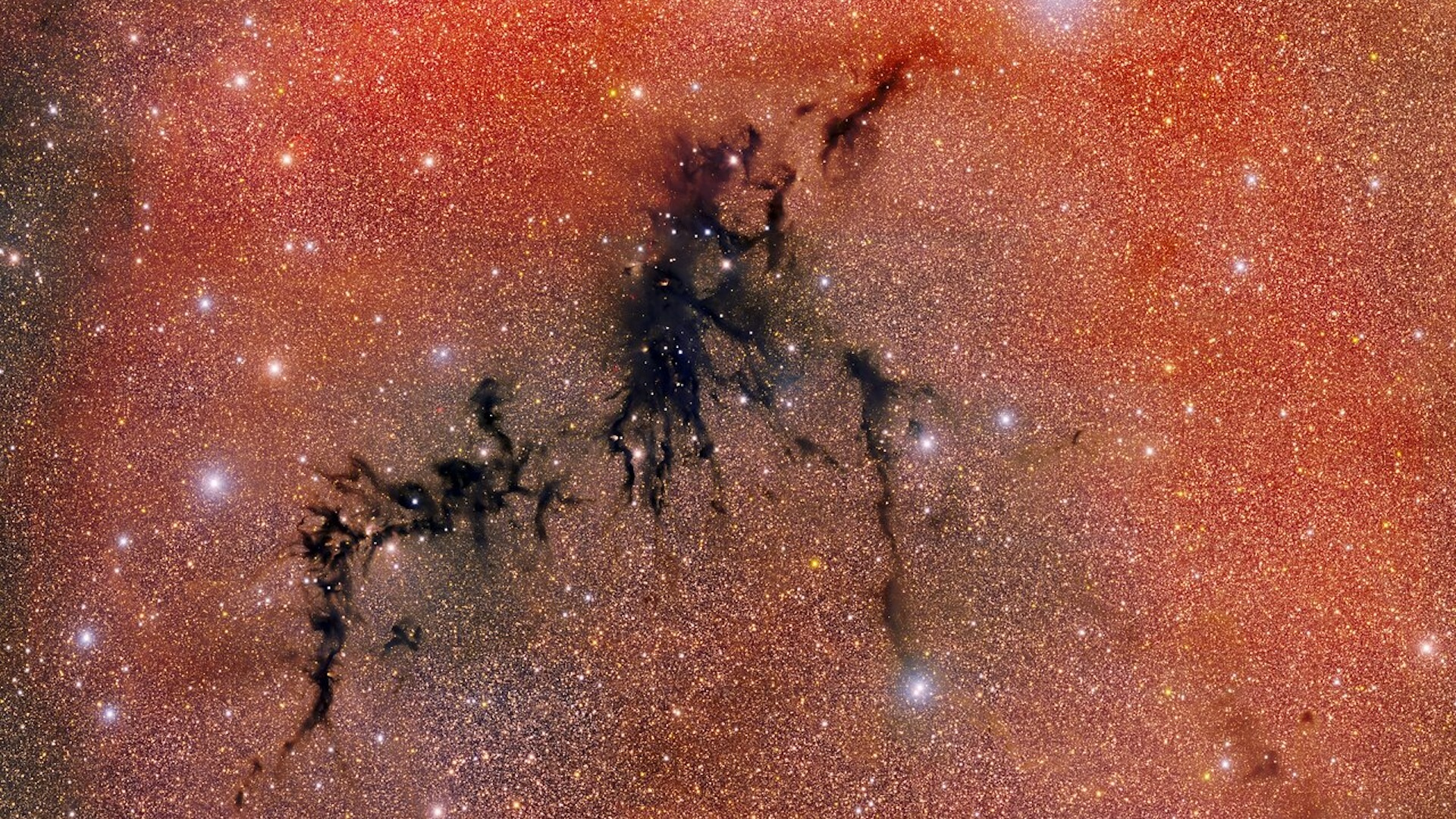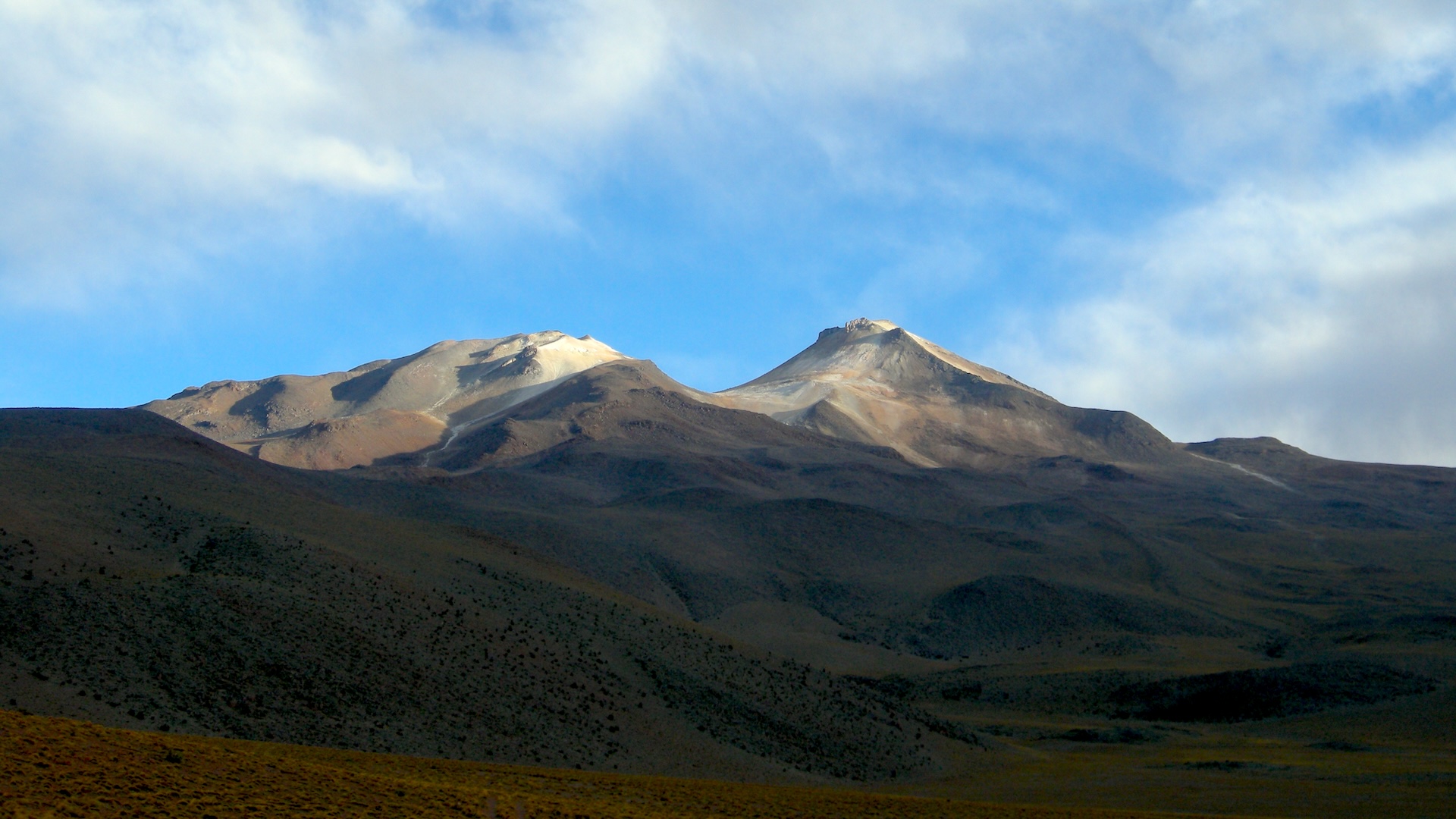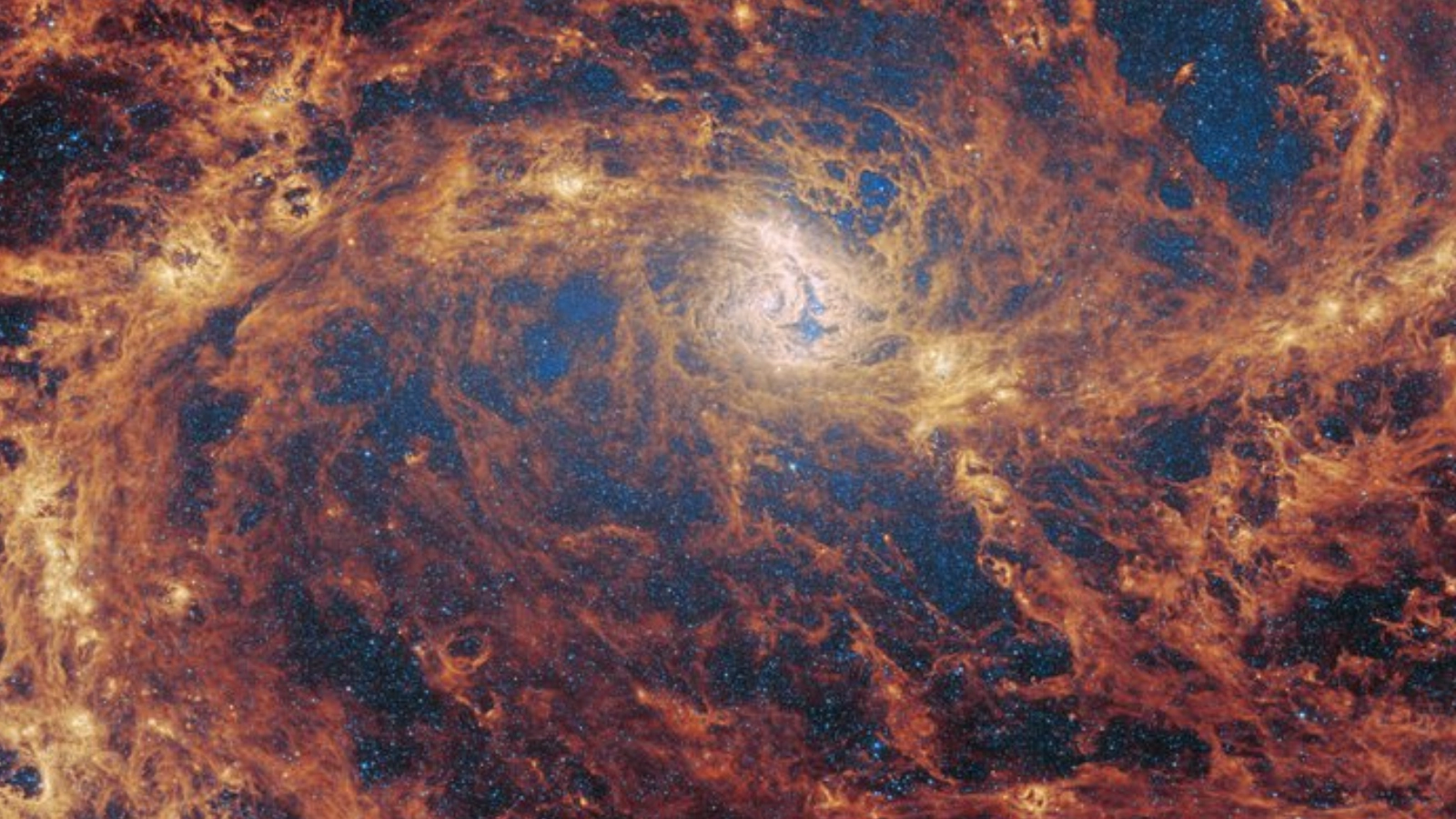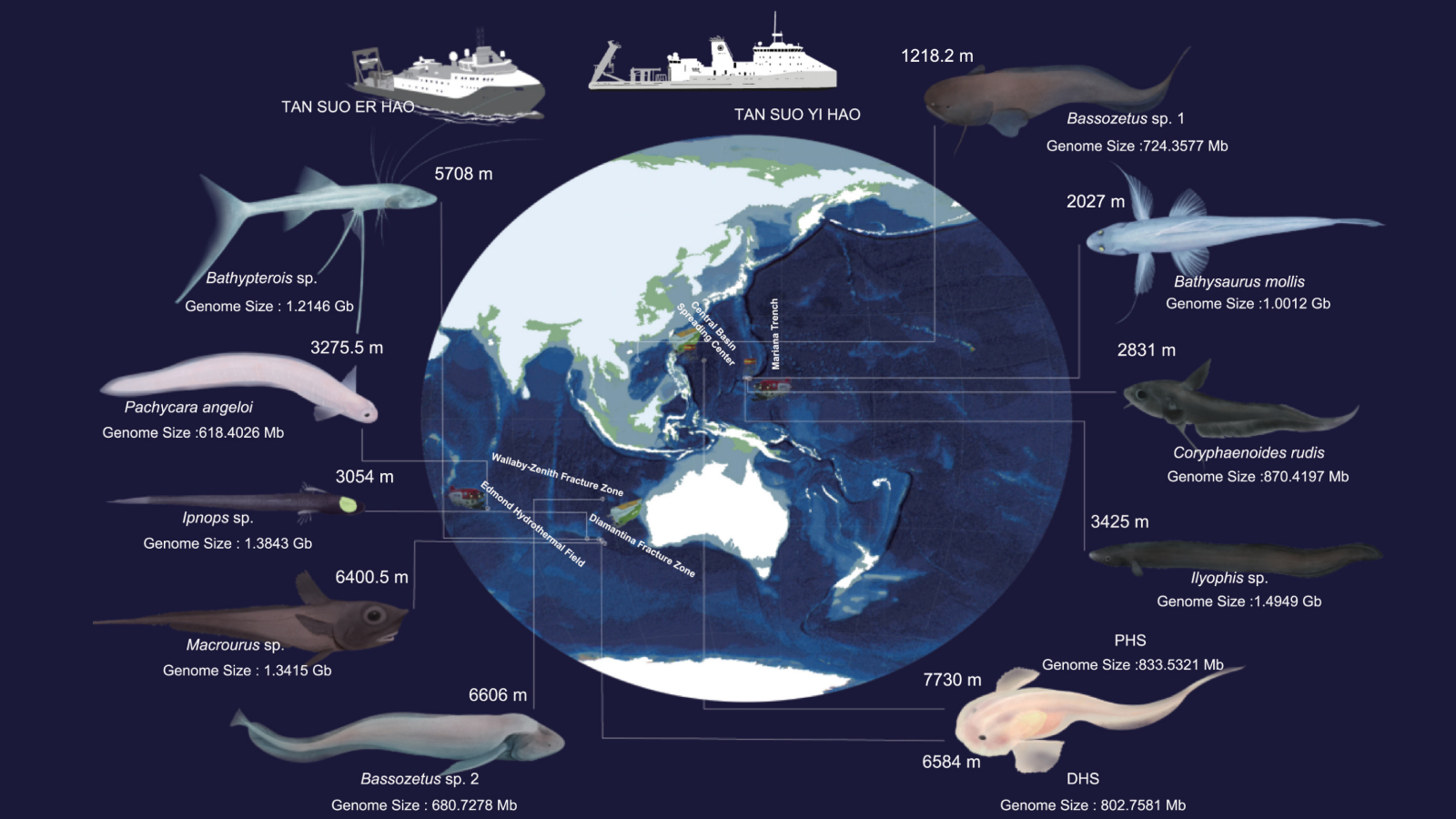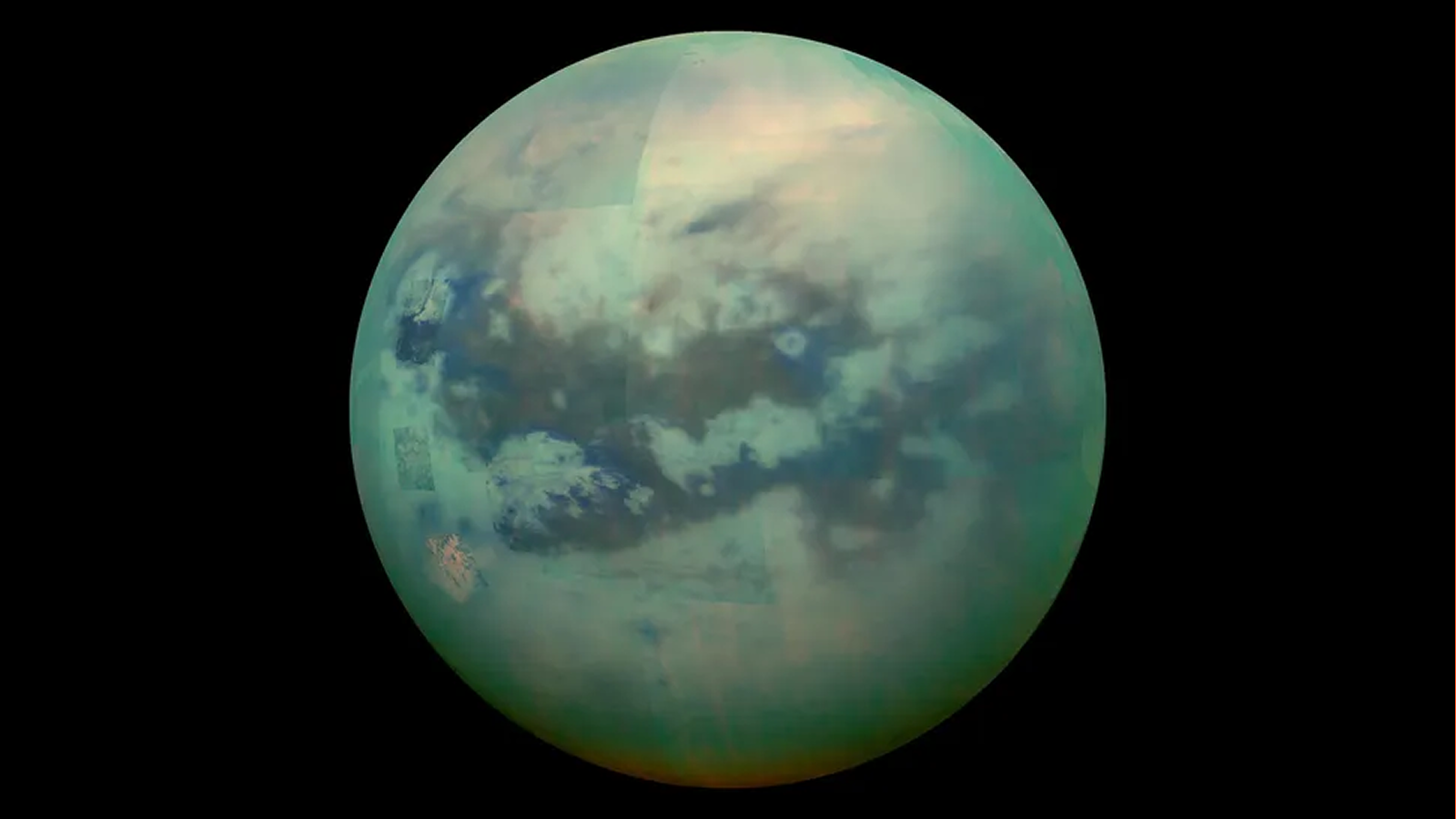'Impossible' black holes detected by James Webb telescope may finally have an explanation — if this ultra-rare form of matter exists
Observations from the James Webb Space Telescope reveal monster black holes in the early universe that seem to have grown too big, too fast. New research points to a strange form of dark matter as a possible culprit.
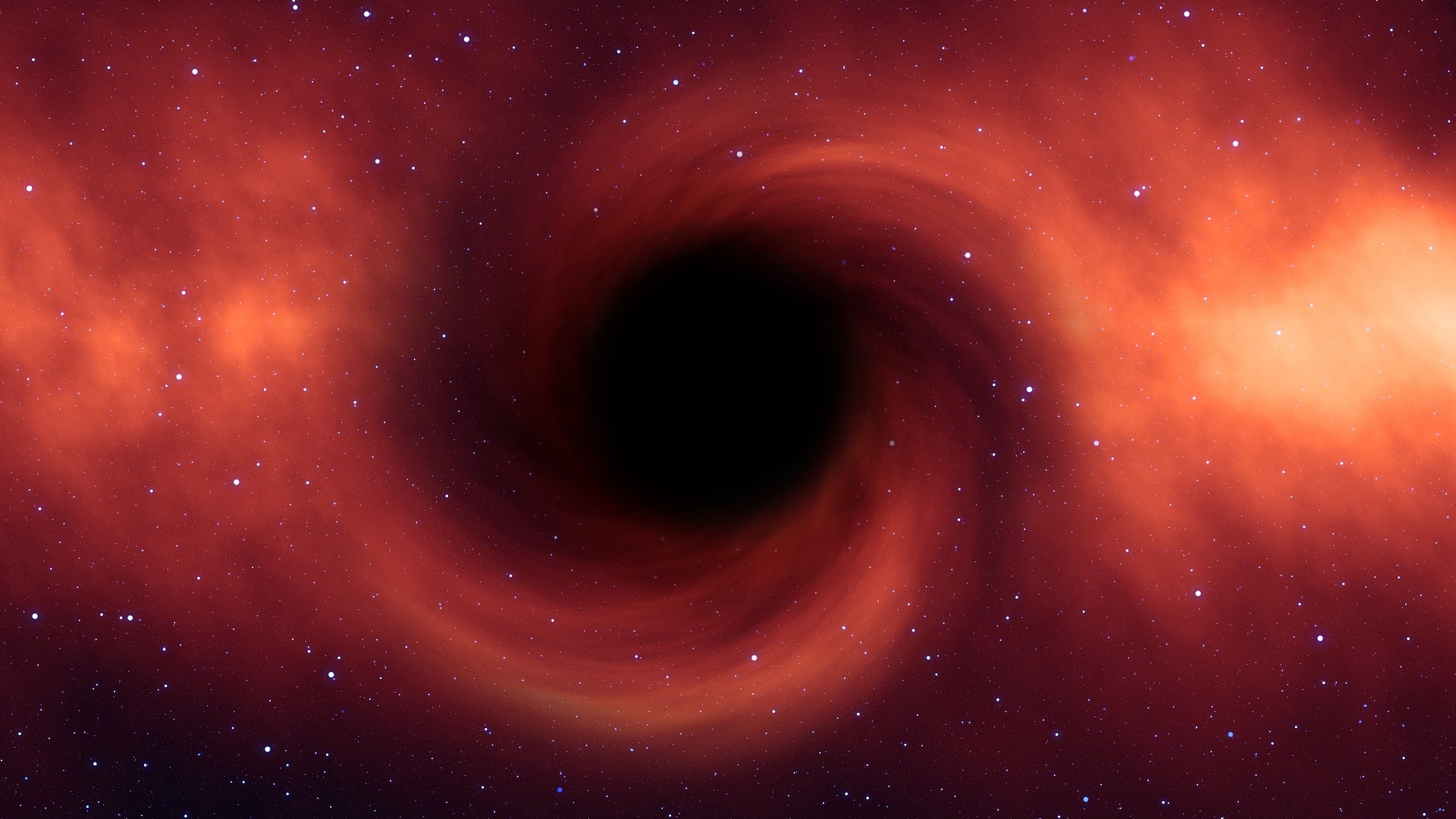
A recent study offers a potential solution to one of cosmology's most perplexing mysteries: how supermassive black holes in the early universe grew so massive, so quickly. By introducing a novel physics model, researchers explain how supermassive black hole seeds could have formed through the collapse of the mysterious entity known as dark matter.
Dark matter, an enigmatic ingredient of the universe that is effectively invisible and interacts with other matter only through gravity, provides the structural framework for galaxy formation. Despite its critical role, its nature remains one of the greatest mysteries in astrophysics. The standard cosmological model assumes that dark matter interacts solely through gravity, but this framework struggles to explain the existence of supermassive black holes as early as 800 million years after the Big Bang.
Observations from telescopes like the James Webb Space Telescope (JWST) have revealed quasars — extremely bright objects powered by supermassive black holes — at these early epochs, and they boast masses more than a billion times that of the sun. Traditional models that rely on gas accretion and mergers with other black holes and galaxies fall short of explaining how these black holes could have grown so massive in such a short time.
Ultra self-interacting dark matter comes to the rescue
To address these challenges, the team proposed a subcomponent of dark matter called ultra self-interacting dark matter. Unlike standard dark matter, this component — which would constitute less than 10% of the total dark matter in the early universe — would exhibit strong self-interactions. This property would allow ultra self-interacting dark matter particles to clump together in the centers of galactic halos.
"The dark matter self-interaction is a necessary component because the dark matter particles need a way to scatter off one another, much stronger than just gravitational interactions," study co-author Grant Roberts, a doctoral student at the University of California, Santa Cruz, told Live Science in an email. "This scatter causes the dark matter to bunch up in the very inner central regions of the galaxy, which allows them to collapse into supermassive black hole seeds."
Related: 5 fascinating facts about the Big Bang, the theory that defines the history of the universe
These strong self-interactions would drive ultra self-interacting dark matter particles toward galactic centers, where they would form dense cores that would eventually collapse into black holes. If this process occurred early in a galaxy's evolution, it could have seeded supermassive black holes, enabling them to grow through conventional gas accretion processes. Importantly, the model bypassed the slow timescales of traditional supermassive black hole formation mechanisms, allowing for rapid growth while remaining consistent with other astrophysical observations.
Sign up for the Live Science daily newsletter now
Get the world’s most fascinating discoveries delivered straight to your inbox.
"Our key findings are that we are able to form supermassive black hole seeds and grow them to their observed masses within current observational limits," Roberts added.
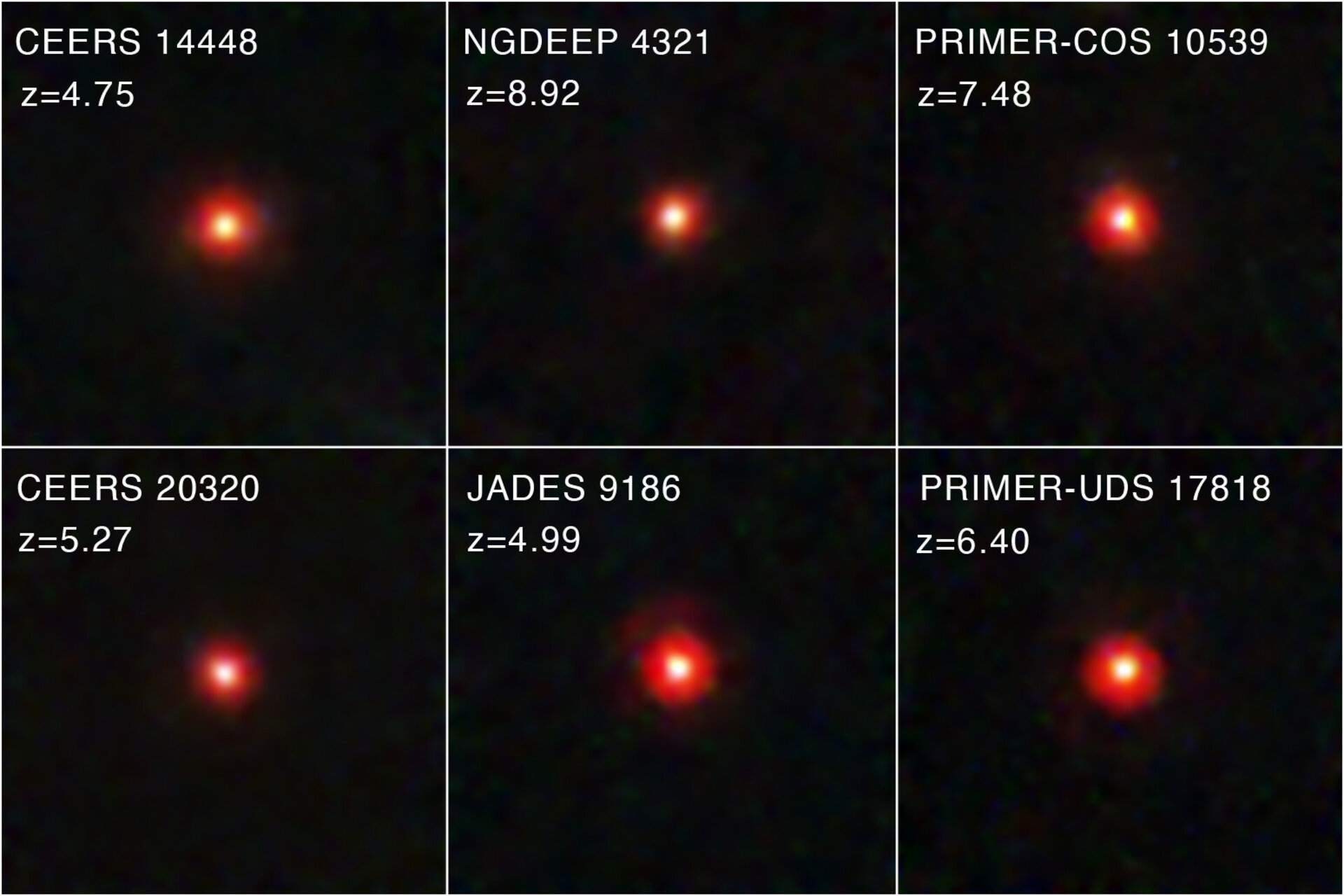
Testing the theory with quasar observations
To validate their model, the researchers analyzed a sample of three quasars with well-measured masses and ages. These objects, observed by JWST and other telescopes, serve as critical benchmarks for calibrating the ultra self-interacting dark matter model.
The team found that their model successfully reproduced the observed quasars' parameters, even under different assumptions about the velocity dependence of the dark matter self-interaction strength. "What makes our model more favorable is that we can directly calibrate how strong the self-interaction is, as well as how small this fraction needs to be, from the age and mass of the observed supermassive black holes," Roberts explained.
One of the most exciting aspects of the ultra self-interacting dark matter model is its testable predictions. The hypothesis suggests the existence of intermediate-mass black holes in dwarf galaxies — smaller, less-massive galaxies than our own. Observing such black holes and their distribution could provide direct evidence for the model.
"If telescopes look at these dwarf galaxies and measure the mass of these black holes, we can compare directly with what our model predicts," Roberts said. The model also predicts the number and sizes of these black holes, which can be cross-verified with future observational data.
The study, published Jan. 14 in the Journal of Cosmology and Astroparticle Physics, emphasizes the potential for further insights from JWST, which continues to uncover new supermassive black holes at ever-greater distances. These discoveries could place tighter constraints on the timescales of supermassive black hole formation and refine the parameters of the ultra self-interacting dark matter model.
"With the advent of even [more ancient] supermassive black holes being discovered by JWST, we will be able to put further constraints on our model parameters," Roberts noted. "As JWST finds more of these black holes, we'd like to see how our new models impact what we predict for intermediate-mass black hole masses and abundances in the universe.

Andrey got his B.Sc. and M.Sc. degrees in elementary particle physics from Novosibirsk State University in Russia, and a Ph.D. in string theory from the Weizmann Institute of Science in Israel. He works as a science writer, specializing in physics, space, and technology. His articles have been published in AdvancedScienceNews, PhysicsWorld, Science, and other outlets.
You must confirm your public display name before commenting
Please logout and then login again, you will then be prompted to enter your display name.

